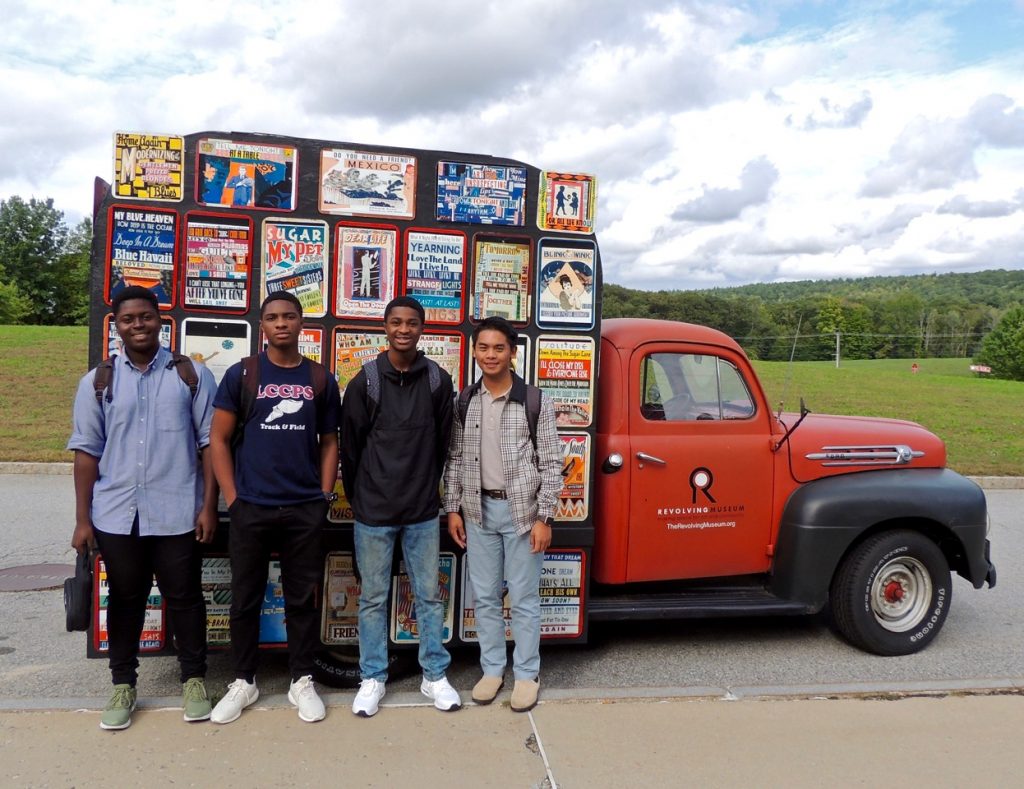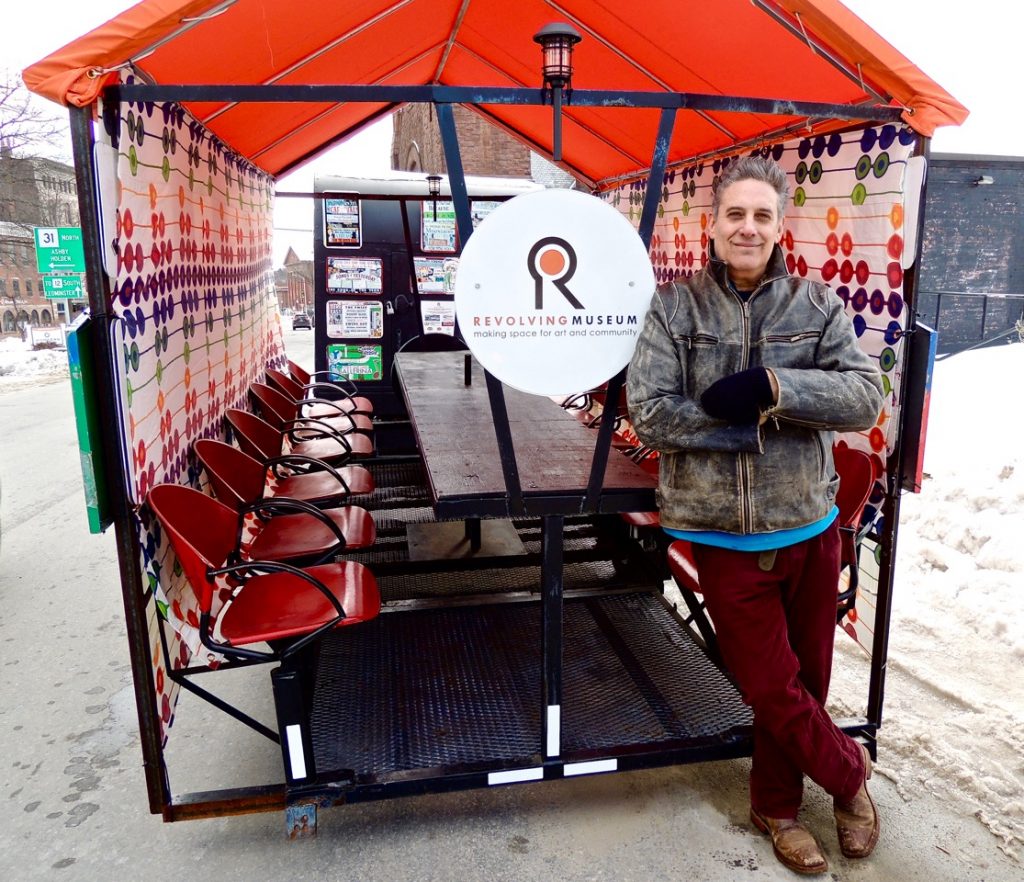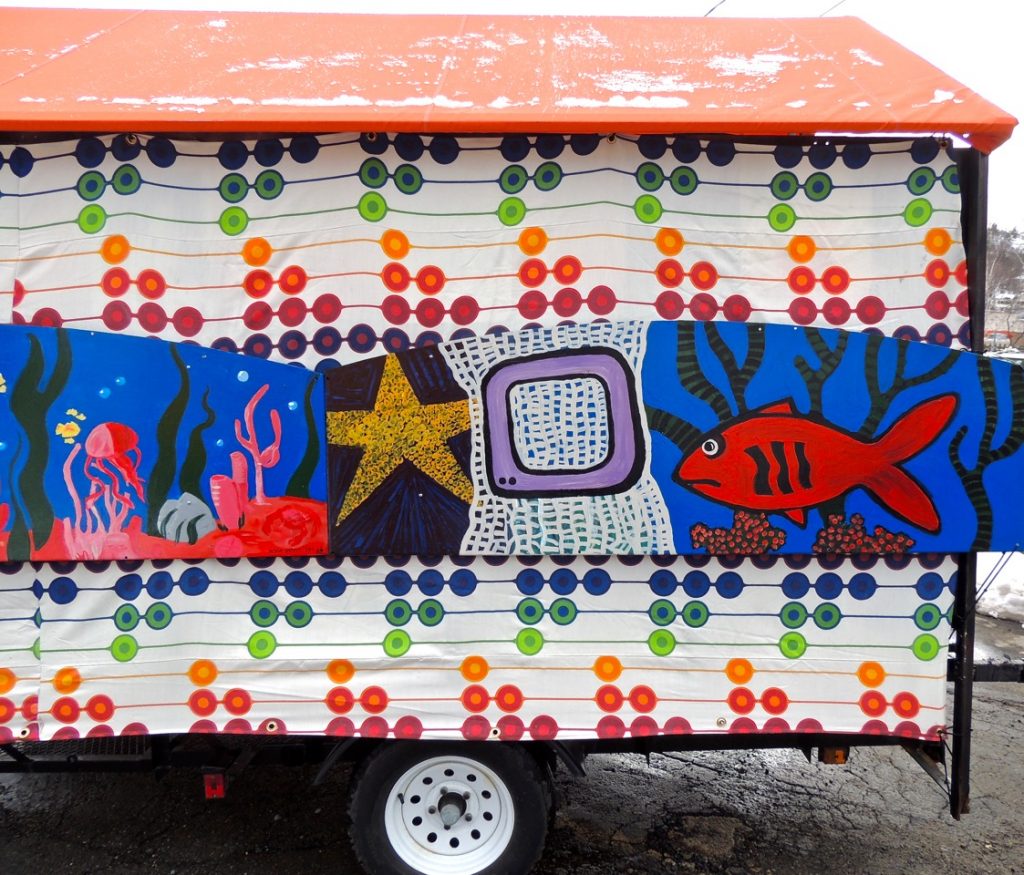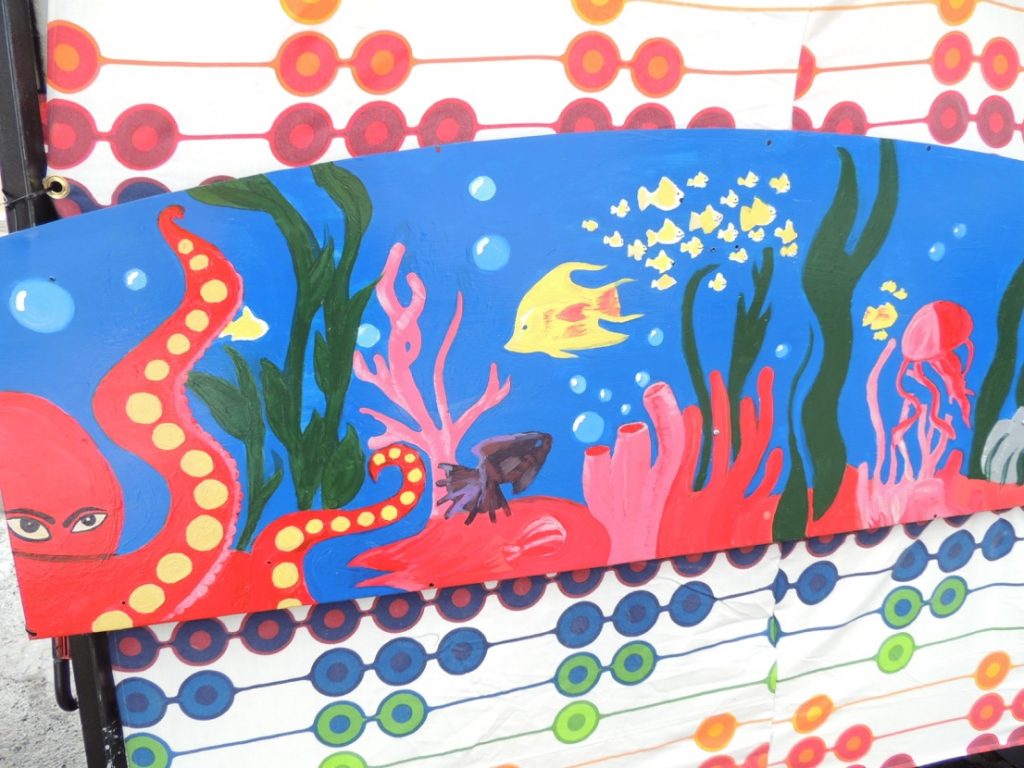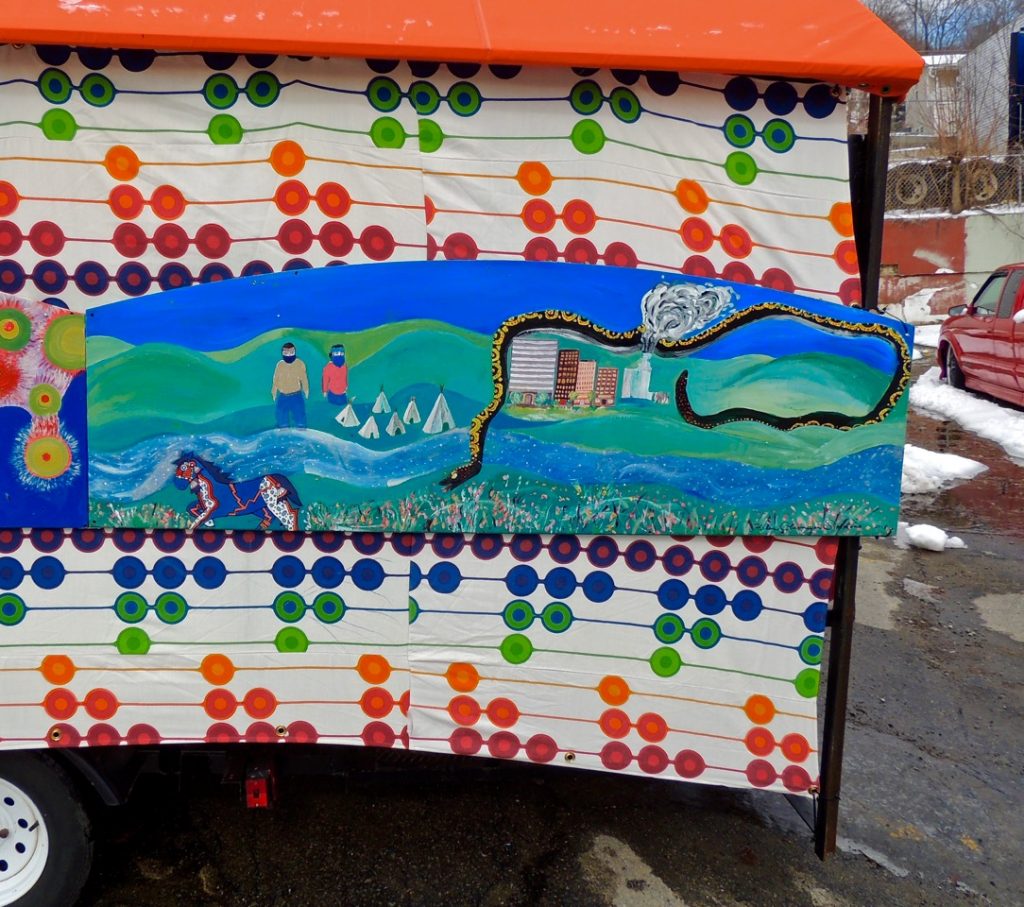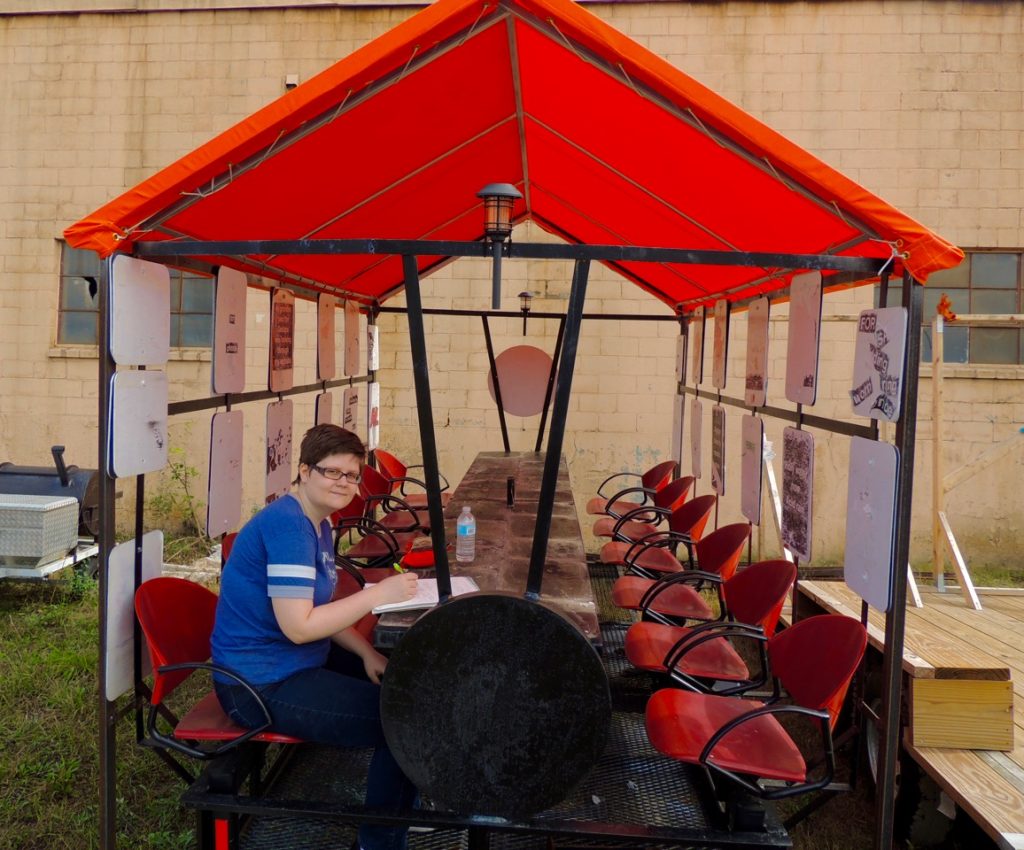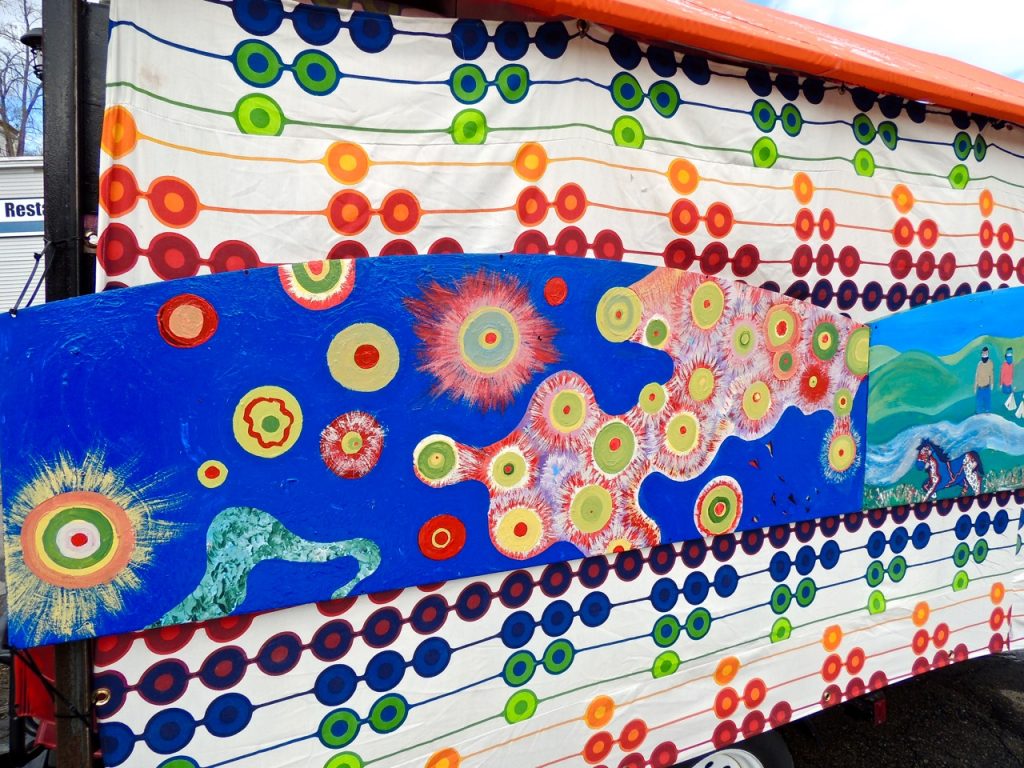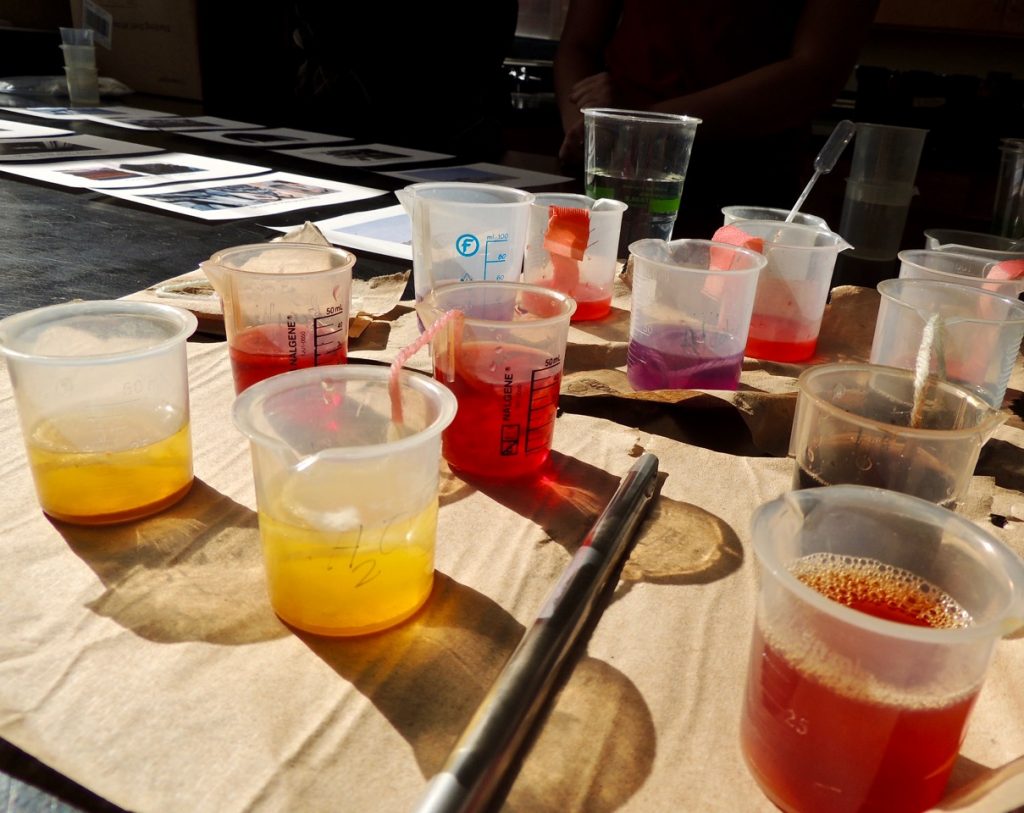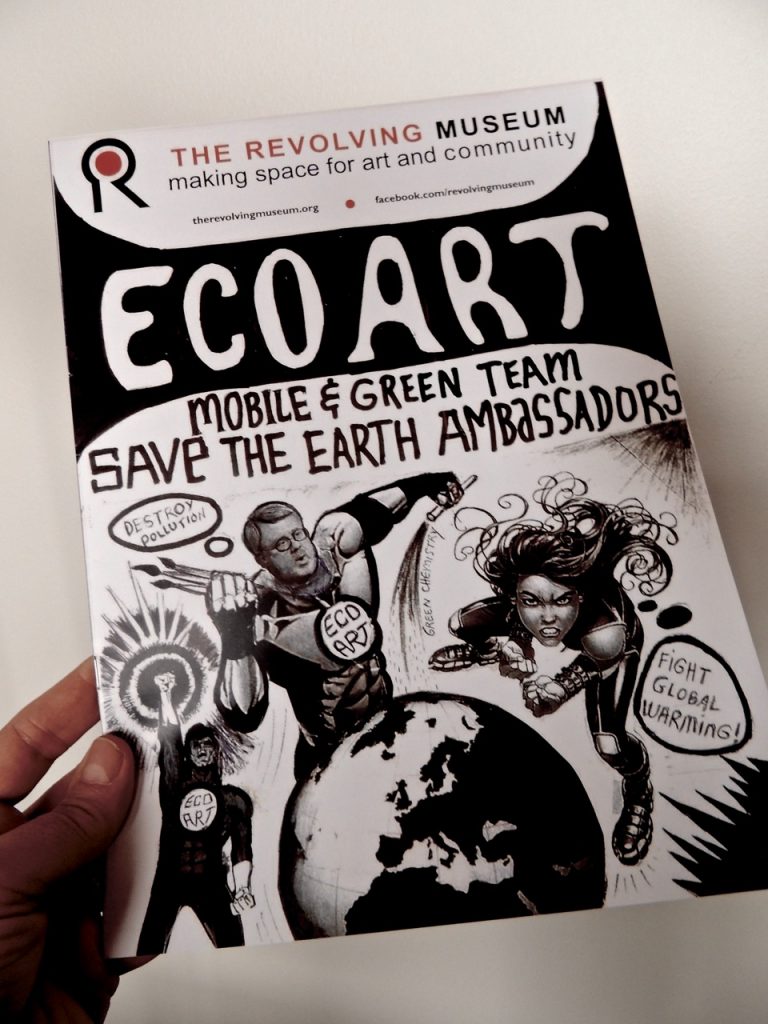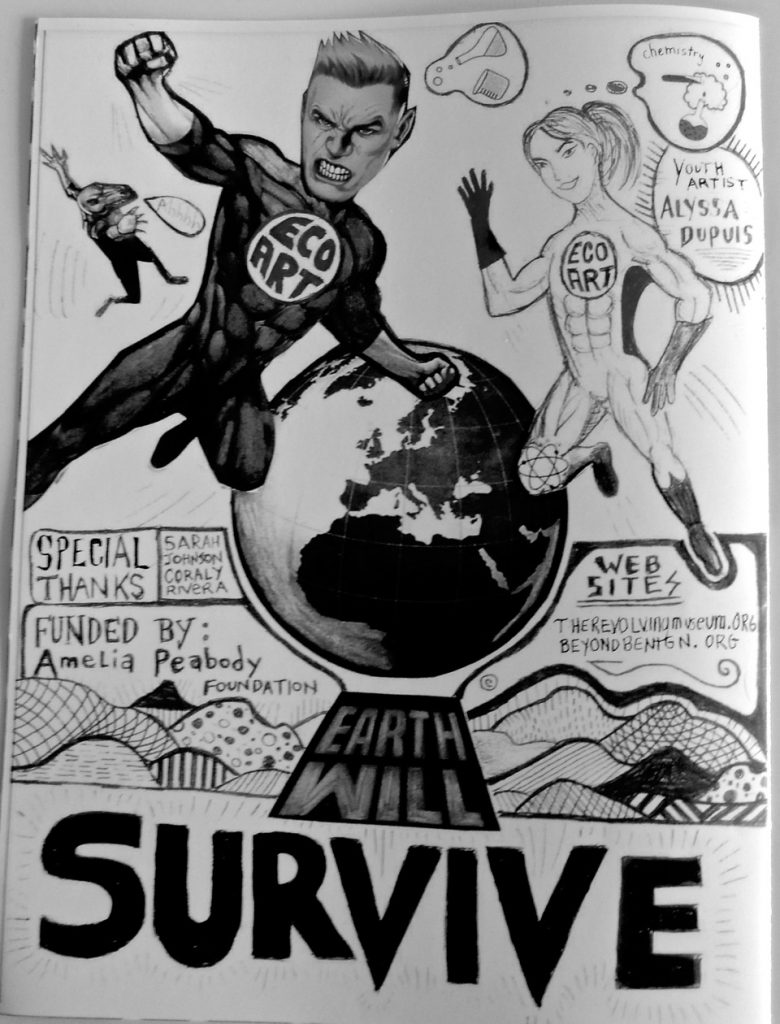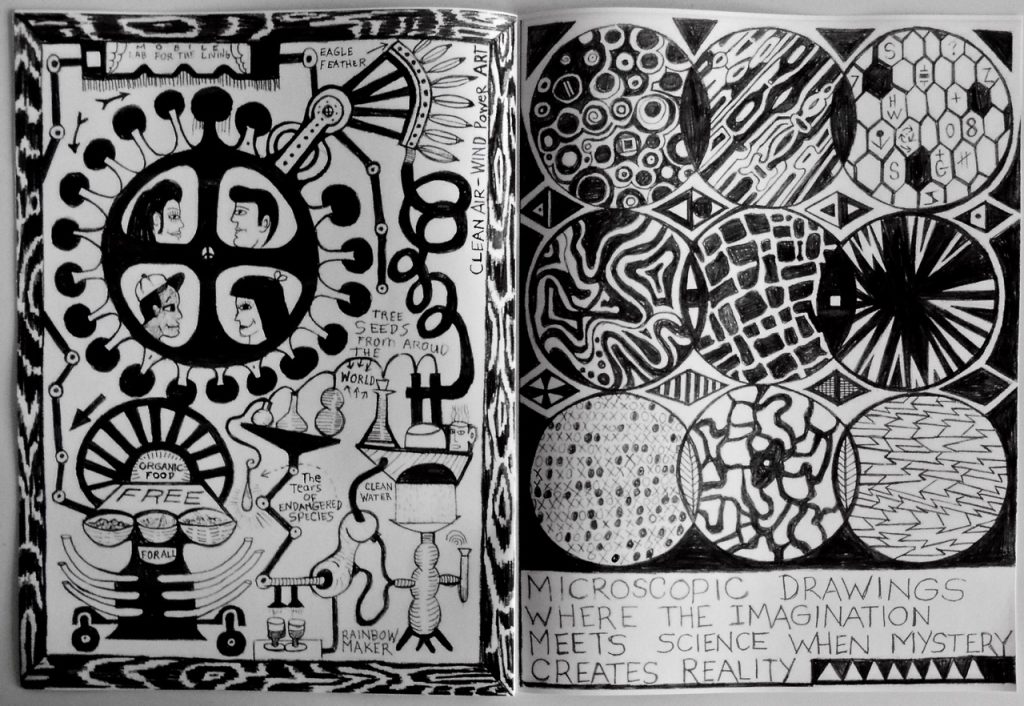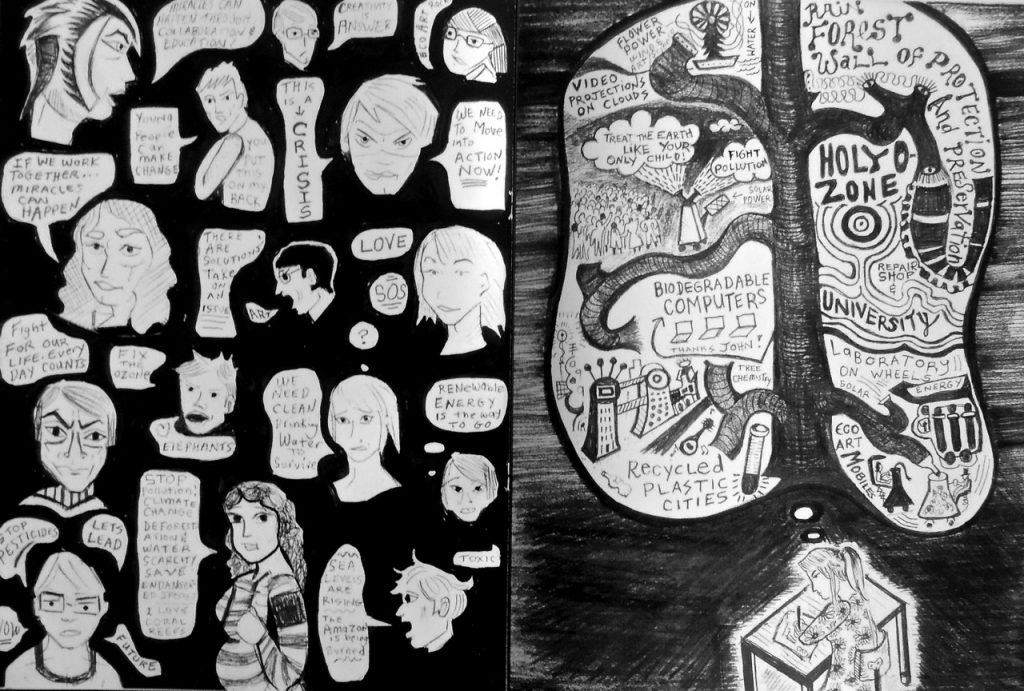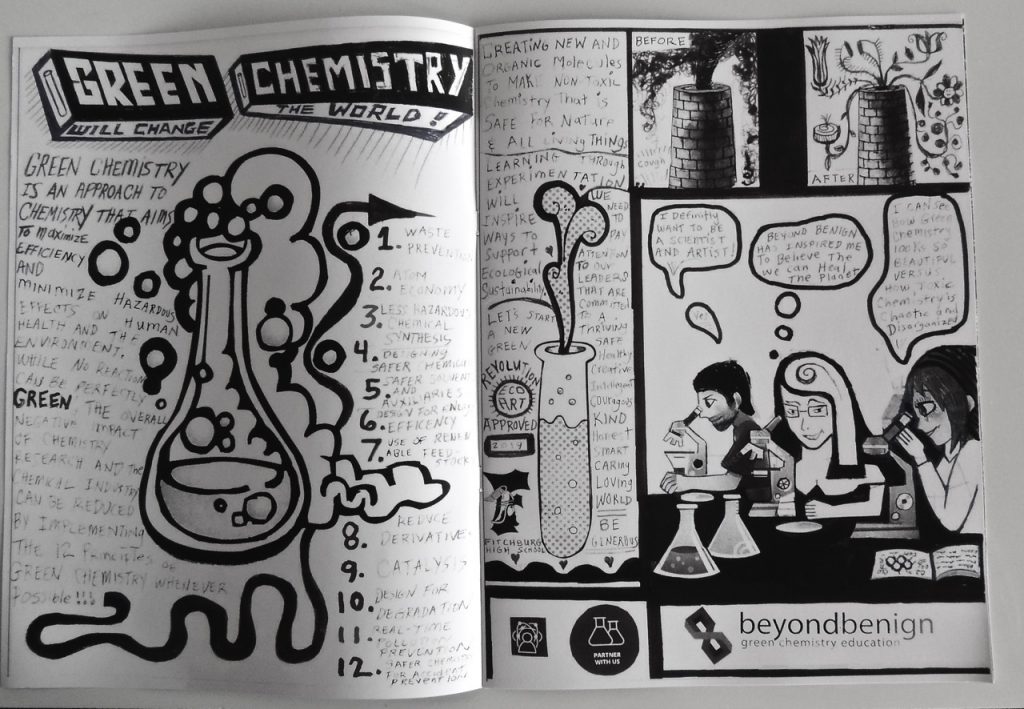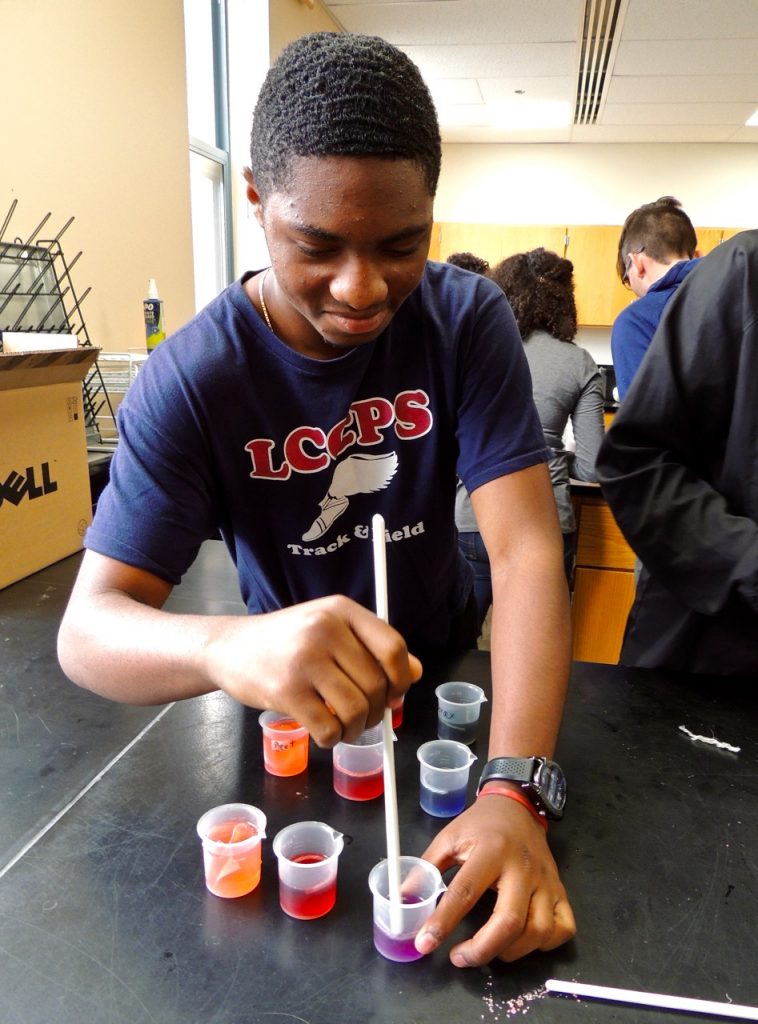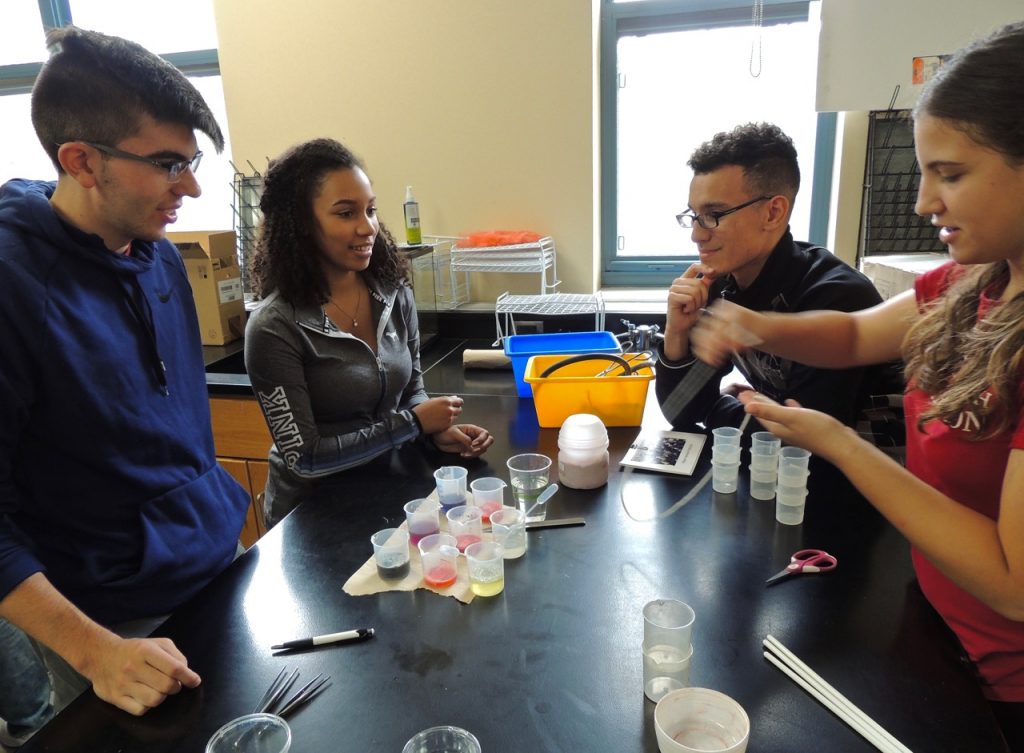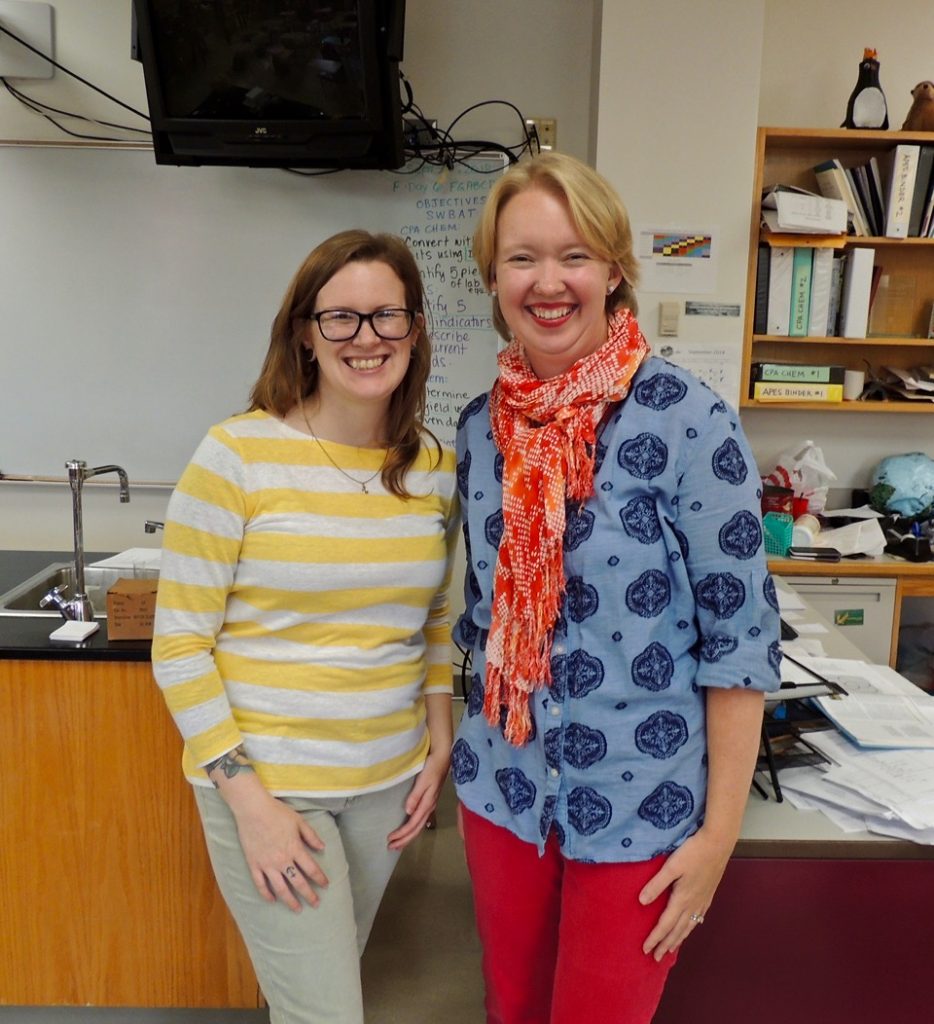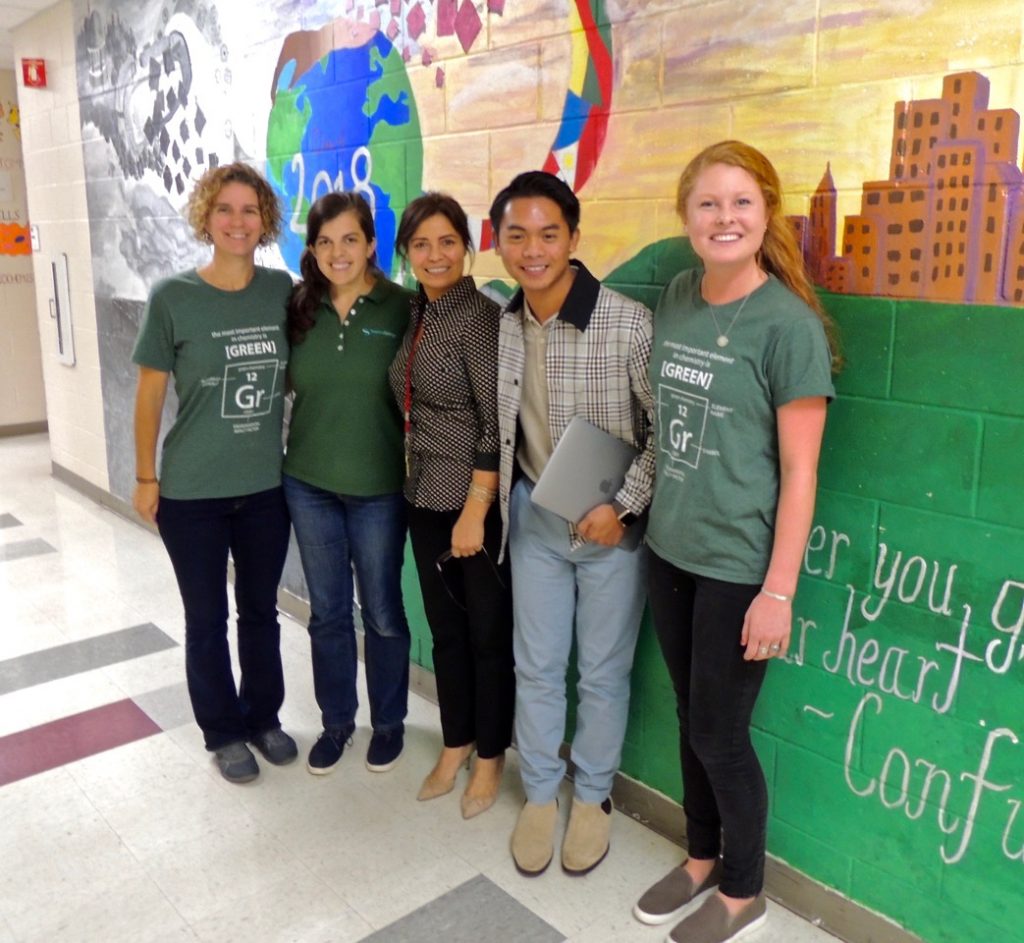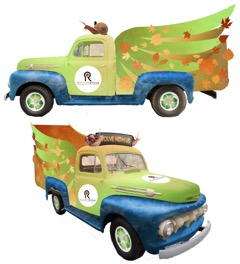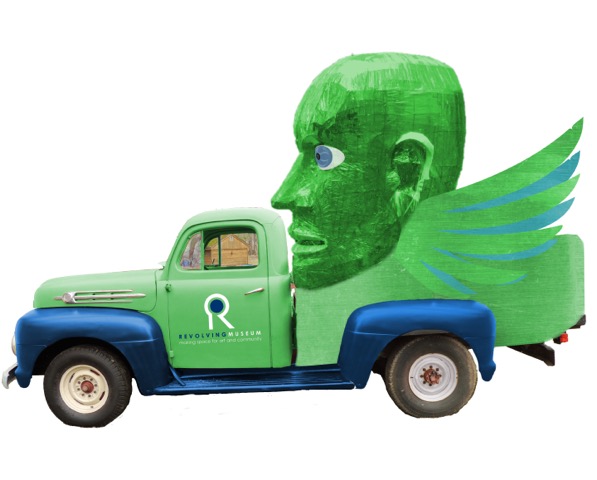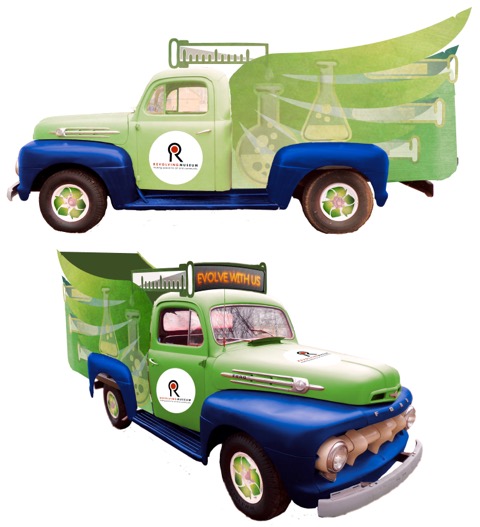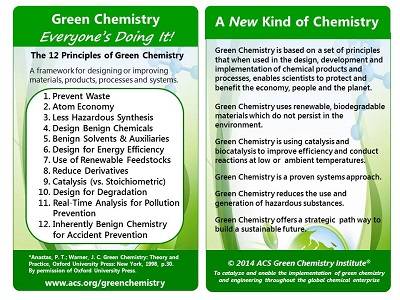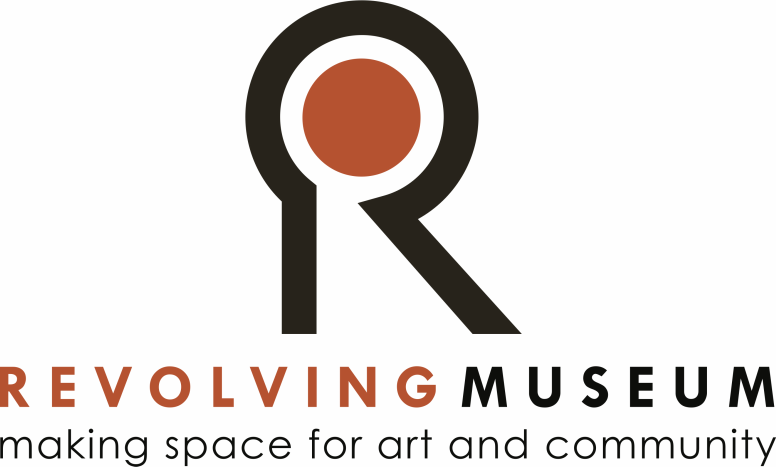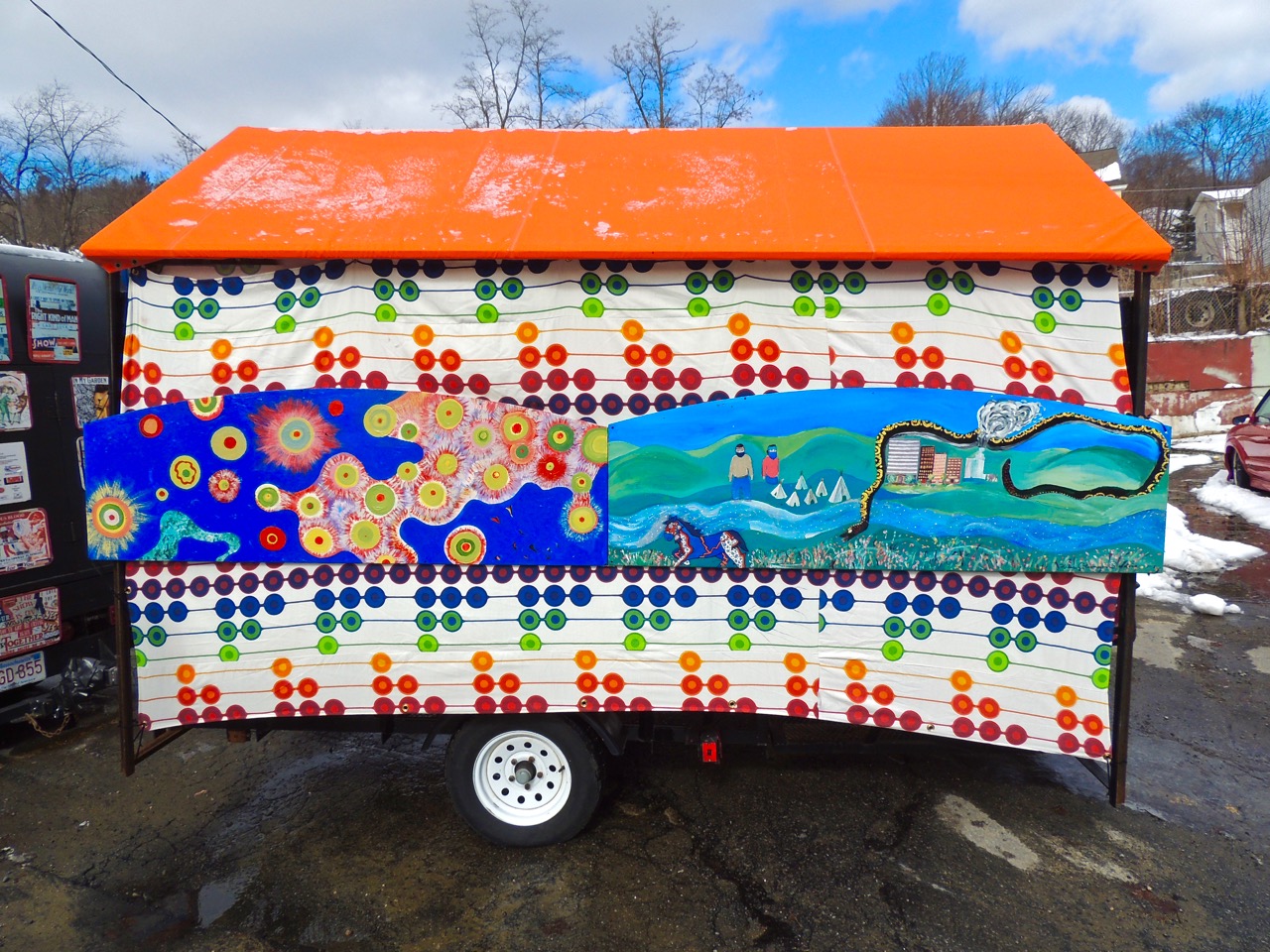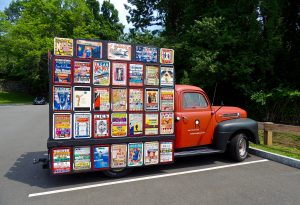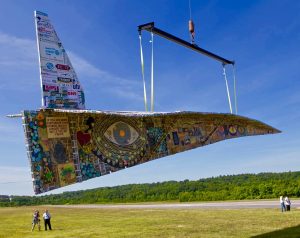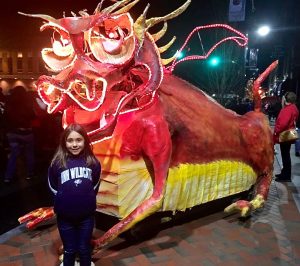“Today art must be integrated into sustainability strategies. Like everywhere else on the globe, sustainability strategies have been driven by science and political expediency. One searches in vain at all levels of the worldwide sustainability research & policy development community to find the tiniest acknowledgment of the role art could and should play in making sustainability a reality. It seems self-evident that the kinds of environmental crises we face worldwide require that we tap a multiplicity of knowledges. To infuse societies with sustainability enhancing scientific innovations and culture must be both mobilized and transformed. Communities and the general public must be inspired and educated to pursue serious and committed environmental stewardship.”
— The South Florida Environmental Project
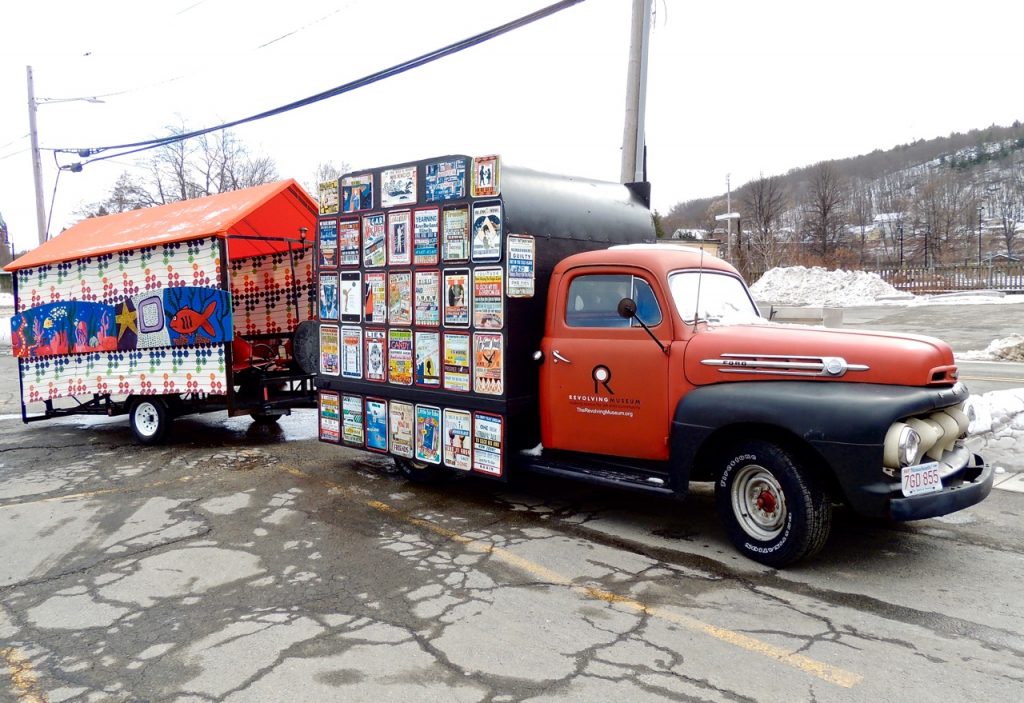
The Revolving Museum in collaboration with Beyond Benign presents “THE-ECO-ART-MOBILE (TEAM),” an art and science traveling project consisting of a transformed 1952 Ford Pick-Up Truck, gallery space, a 12 foot long 12 seated creatively converted art trailer, art/science workshops, and an “ECO-ART” comic book which involved dozens of high school students, local artists, teachers, and scientists that is provided to the public along its journey throughout New England.
Globalization has made us all a part of a global community, connected through economic, sociopolitical, environmental, and technological systems. Now more than ever, the choices we make at home and at work impact not only our own welfare but also the welfare of people in distant lands and future generations. A commitment to sustainability, creativity, science, and innovation can respond to the needs of the present generation and enhance the ability of future generations to meet their needs. This project will illustrate the ways that art and science can join in developing our creative powers, sustainability practices, and the implementation of these practices.
An important goal of the project is to try to go beyond the usual distinctions between scientific and artistic practices in order to develop a hybrid structure of ecological meaning and function. Another major goal is to encourage the creation of “smart green things” — objects and spaces that exploit the virtues of green chemistry for ordinary usage. There are myriad possibilities for designing green objects and information systems that can be used at home, school, public spaces and work. Exploring these will make the ECO-ART-MOBILE an interdisciplinary think-tank, one that provides value-added innovation for new artworks, manufacturing and industry; mobile technologies that embrace multilingual and multicultural diversity; ways to explore a platform for incorporating art and science into everyday life.
Numerous studies have shown that chemical exposures are suspected to play a contributing role in countless environmentally related diseases and illnesses. The resulting environmental health issues are complex multi-dimensional challenges that desperately need solutions. One such solution can be found in alternative chemical products that are safe, cost-effective, and efficacious. Green chemistry solutions avoid the need for exposure precautions or mitigation by eliminating hazards in the design process and final product. This art and science project bridges a knowledge gap and links causes of environmentally related diseases to sustainable, green chemistry solutions while using interactive public art as an interactive and educational vehicle that promote dialogue, creative action, and and community celebration.
SPECIAL THANKS to Peter Keto who technically assisted to put the art/science mobile together. Painted Signs were created by: Alyssa Dupuis, Helen Obermeyer-Simmons, Jose Gonzalez, Georgie & Jerry Beck. The Eco-Art-Mobile Fabric Art was sewn by: Coraly Rivera. Additional appreciation goes to Fitchburg High School Chemistry students and the Multi-Cultural Club who generous made art and conducted “Tales From A Test-Tube” Experiments. The project is designed to travel throughout New England to make Green Art with the public.
Participating Fitchburg High School’s Chemistry Students include: Sophia Armano, Adam Bourgault, Lilly Bray, Emily Campbell, Jorge Carrizo, Daniel Dudek, Ulyesses Fowler Jr., Kyla Guertin, Jacob Guillemette, Nathan Jorge, Lina Kherallah, Matthew Kroch, Jacqueline Laskowski, Madelyne Magloire, Alyssa Pandolph, Avery Perry, Sarah Primeau, Jovani Roman Bones, Jocelyn Sok, Alyssa St. Cyr, Zoe Thissen, Michelle Tome, and Ann Taft. Fitchburg High School’s ENVIROTHON TEAM include: Rocco Arciprete, Taja Viera, Brooke Feltus, Christopher King, Madison Armstrong, Josiah Begor, Logan Chesbrough, Ethan Aubuchon, Sarah Primeau, Wynne Coradeli, Jocylene Velasquez, and Lianna Carrion.
“As an AP Environmental Science teacher, I am excited that I get the opportunity to expose students to green chemistry as well as alternatives to harmful substances that humans can be exposed to. During our workshop with Beyond Benign, we introduced to a way to create solar cells using less harmful materials. In our class, we talk about how even though solar panels are a great alternative to fossil fuels when producing energy, the manufacturing and production of solar panels still uses harmful substances — so to see a way to generate electricity through solar power by using something as simple as a blackberry was really neat for my students to experience. We were all very impressed by the Beyond Benign team and excited with how they are engaging students to think about minimizing toxic exposures and environmental harm just by looking at alternative materials,” Sarah Johnson, FHS Chemistry Teacher.
I would like to express my thanks to everyone involved. The project was funded in part by a grant from Amelia Peabody Foundation.
